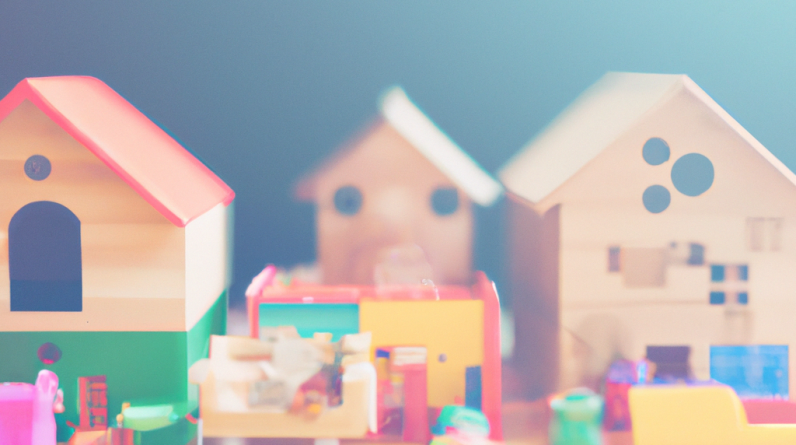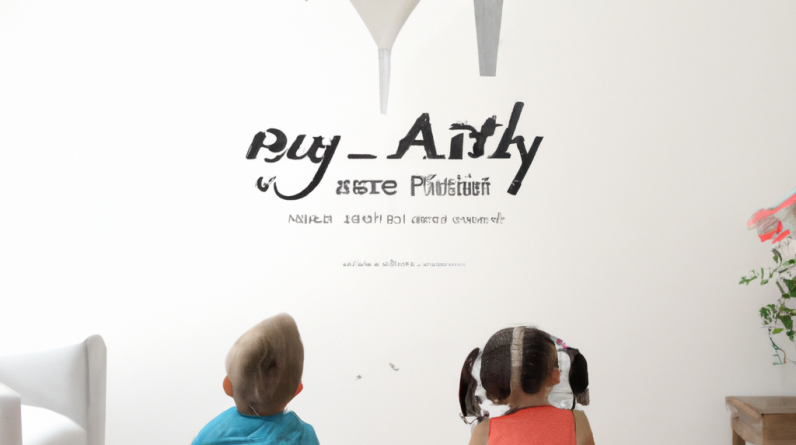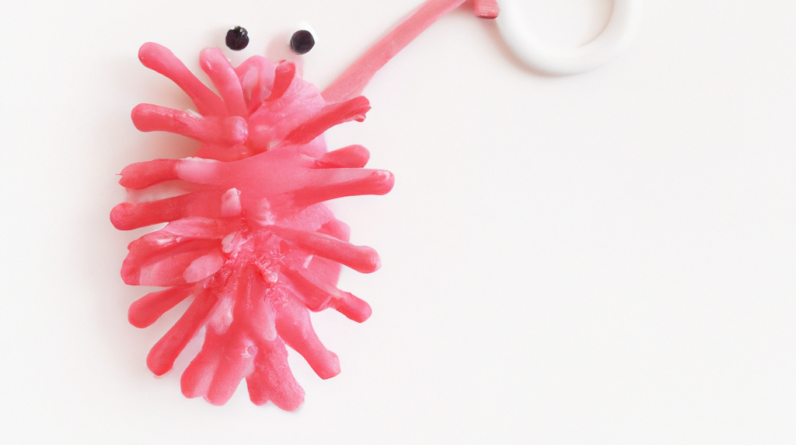
In the article “Minimalism with Kids: Decluttering Toys and Choosing Simple, Loved Toys,” you will discover the benefits of minimalism when it comes to children’s toys. The video, created by A to Zen Life, discusses the only ten toys that kids truly “need.” The speaker, a speech-language pathologist, minimalist, and mom, offers valuable insights on decluttering toys and selecting simple toys that children will love. The article also touches on the speaker’s personal journey from being an emotional hoarder to living as a debt-free minimalist family in Europe. With a focus on quality over quantity, the author provides three levels of expertise to support their recommendations on the best minimalist toys for kids. Each category, such as character toys, building toys, arts and crafts, and more, is explained, highlighting the benefits and value they bring to a child’s play experience.
Are you curious about the best minimalist toys for kids? Look no further! In this article, Marissa from A to Zen Life shares her expertise as a speech-language pathologist, minimalist, and mom to provide you with a list of the only ten toys your children truly “need.” With a focus on quality over quantity, Marissa offers valuable insights on decluttering toys and choosing simple, loved toys that will enhance your child’s play experience. From character toys to building toys, arts and crafts to movement toys, forts and castles to vehicles, this article covers a broad range of toy categories, explaining the benefits and value they bring to your child’s developmental journey. So, if you’re ready to embrace minimalism and create a clutter-free play space for your little ones, keep reading to discover the best minimalist toys for kids!
Table of Contents
Benefits of Minimalism with Kids
Minimalism with kids offers a range of benefits that can positively impact their development and overall well-being. By reducing clutter and focusing on quality over quantity, children can experience increased focus and independence, as well as enhanced creativity in their play. In this article, we will explore the concept of minimalist toys, the process of decluttering toys, and how to choose simple toys that will engage and entertain your children. We will also discuss the different categories of minimalist toys and the benefits each category can provide. By implementing minimalism with your children, you can create a clutter-free and enriching play environment for them to thrive in.
Introduction to Minimalist Toys
Minimalist toys are toys that adhere to the principles of minimalism, emphasizing simplicity, purpose, and quality. These toys are designed to engage children’s imagination and creativity, while also promoting their development in various areas. Minimalism with kids is amazing because it encourages a shift away from the overwhelming abundance of toys and towards a more intentional and mindful approach to play. By embracing minimalism, you can create a more peaceful and organized environment for your children, which can have a significant impact on their well-being and overall development.
My personal journey towards minimalism with kids began when I realized the negative effects of excessive toy clutter on my children’s play and our overall family life. As a speech-language pathologist, minimalist, and mom, I have seen the benefits of minimalism firsthand and I am excited to share my insights and experiences with you.
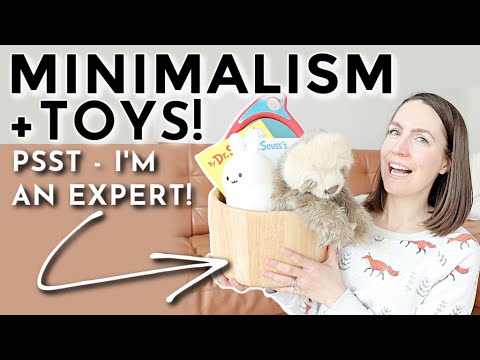
Decluttering Toys
The importance of decluttering toys cannot be overstated. When children have too many toys, they can become overwhelmed and disengaged. Decluttering not only creates a more organized space, but it also allows children to focus, encourages independent play, and promotes creativity. To effectively declutter toys, start by involving your children in the process. Allow them to choose their favorite toys and set aside the ones they no longer play with. Consider donating or selling these toys to make space for new ones that will be more meaningful and engaging. By decluttering and organizing toys, you can create a more inviting and intentional play environment for your children.
Choosing Simple Toys
When it comes to minimalist toys, quality is key. Instead of focusing on quantity, prioritize toys that are durable, versatile, and engaging. Consider factors such as age appropriateness, safety, and the toy’s potential for open-ended play. Open-ended toys, such as blocks or art supplies, encourage children to use their imagination and creativity to create a variety of play scenarios. It’s also helpful to consider different perspectives when choosing toys. A speech-language pathologist may emphasize toys that promote language and communication skills, while a minimalist and a mom may prioritize toys that are long-lasting and have multiple uses. By selecting simple toys that align with your values and your child’s interests, you can create a play environment that is both engaging and enriching.
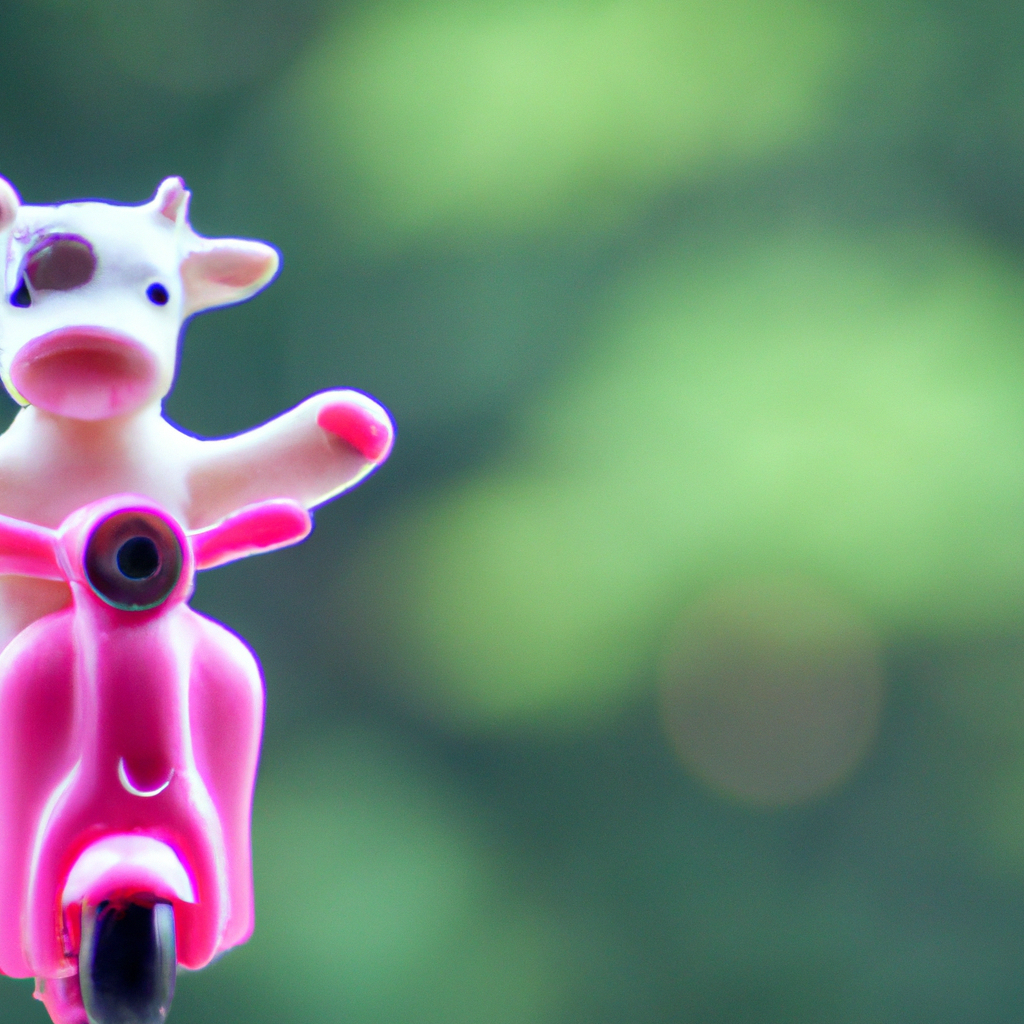
Categories of Minimalist Toys
Minimalist toys can be categorized into various types, each offering unique benefits for children’s development and play. Some popular categories include character toys, building toys, arts and crafts, movement toys, forts and castles, vehicles, sensory toys, games and puzzles, balls and sport toys, and books. Each category offers different opportunities for children to explore, learn, and have fun. By incorporating a variety of toy categories into your child’s play environment, you can provide a well-rounded and engaging experience that promotes their development in different areas.
Benefits of Each Toy Category
Each toy category provides distinct benefits for children’s development, creativity, and play. Character toys, such as dolls and stuffed animals, offer opportunities for social interaction, imagination, and emotional expression. Building toys, like blocks and Legos, enhance spatial awareness, problem-solving skills, and fine motor development. Arts and crafts encourage creativity, self-expression, and fine motor skills. Movement toys promote physical activity, coordination, and gross motor skills. Forts and castles foster imaginative play and storytelling. Vehicles allow children to explore transportation concepts, fine motor skills, and imaginative play scenarios. Sensory toys stimulate the senses and promote sensory exploration. Games and puzzles enhance problem-solving, critical thinking, and social interaction. Balls and sport toys encourage physical activity, coordination, and gross motor skills. Books, a timeless category, cultivate a love for reading, language development, and literacy skills. By providing a variety of toy categories, you can support your child’s development in various areas and ensure a well-rounded play experience.
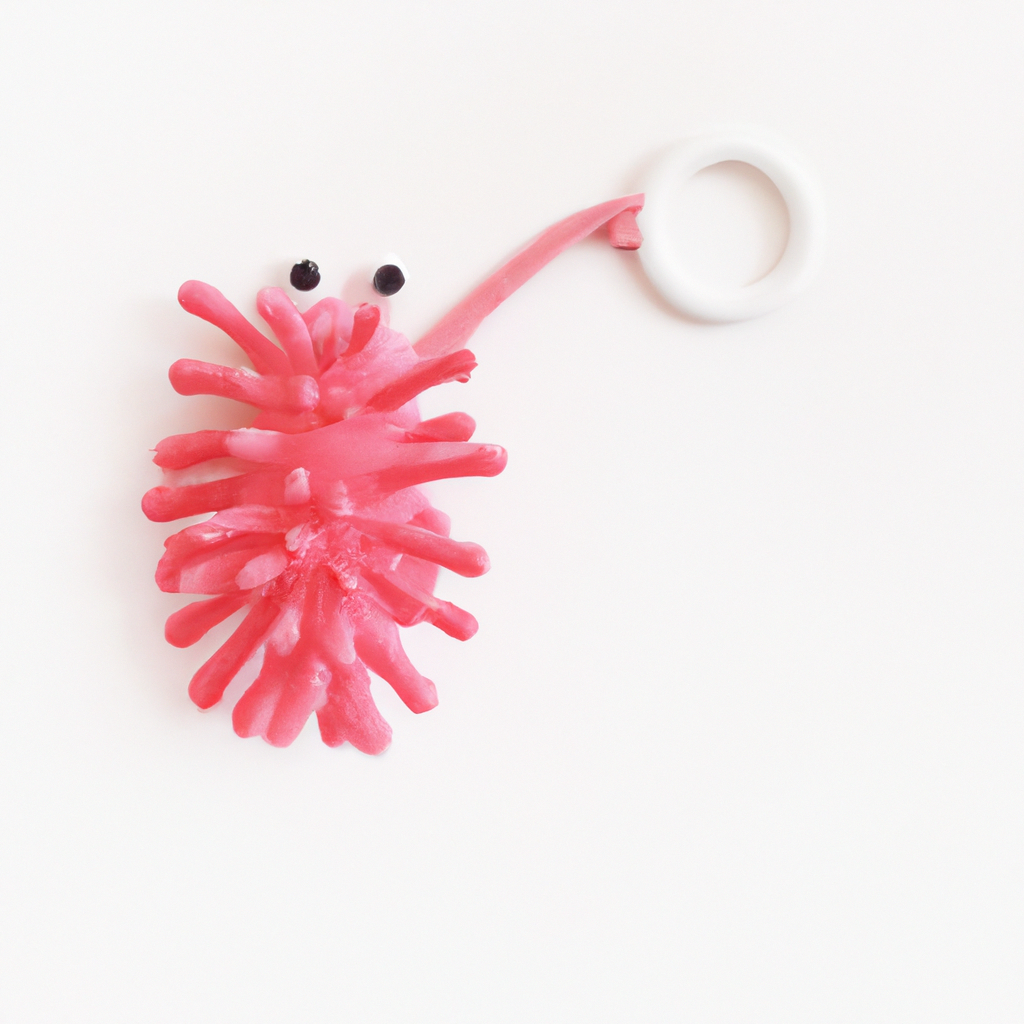
Considering Fun and Value
When choosing minimalist toys, it’s essential to consider the fun and value a toy provides rather than solely focusing on its appearance. A toy may not be flashy or trendy but can still offer hours of entertainment and educational value. Evaluating a toy’s entertainment factor involves considering its versatility, imaginativeness, and potential for open-ended play. Will the toy capture your child’s interest and engage their imagination? Assessing a toy’s educational value involves considering its potential to promote skills such as language development, problem-solving, creativity, and physical activity. Will the toy contribute to your child’s learning and development? It’s also important to prioritize age-appropriate toys to ensure your child can fully enjoy and benefit from them.
Conclusion
Embracing minimalism with kids can bring about numerous benefits, such as increased focus, independence, and enhanced creativity in play. By decluttering toys and choosing simple toys that align with your values and your child’s interests, you can create a clutter-free and enriching play environment. Consider the various categories of minimalist toys and the benefits each category offers. By incorporating a variety of toy types into your child’s play environment, you can support their development, creativity, and overall well-being. Remember to prioritize fun and value when choosing toys and focus on the experience and educational opportunities they provide. By embracing minimalism with your children, you can foster a love for quality play and create lasting memories in a clutter-free space.





